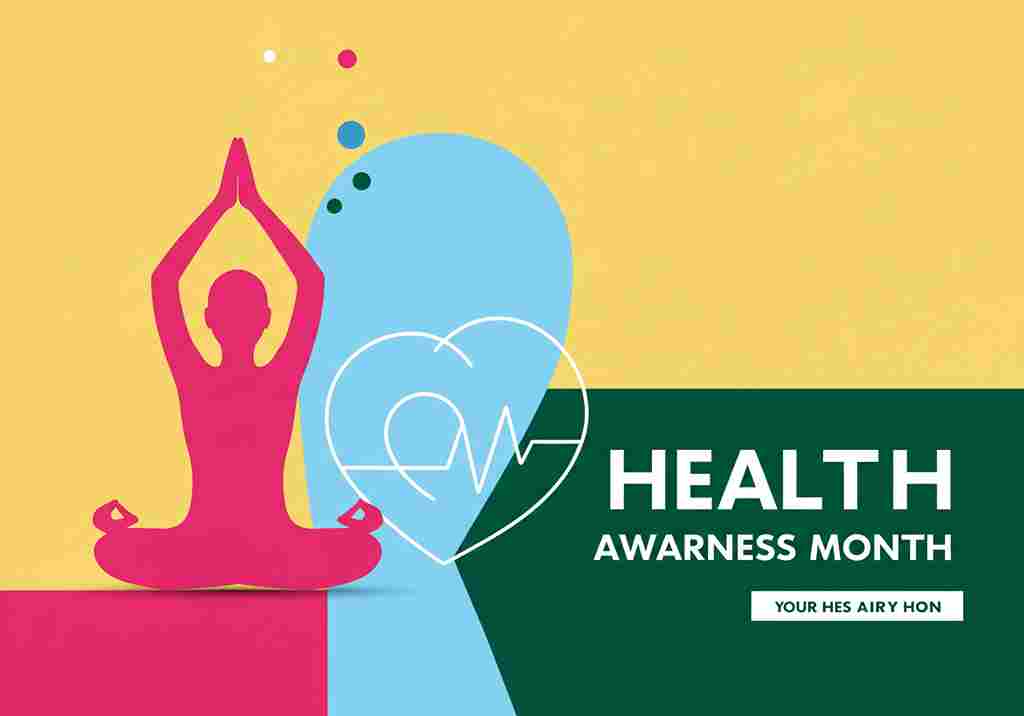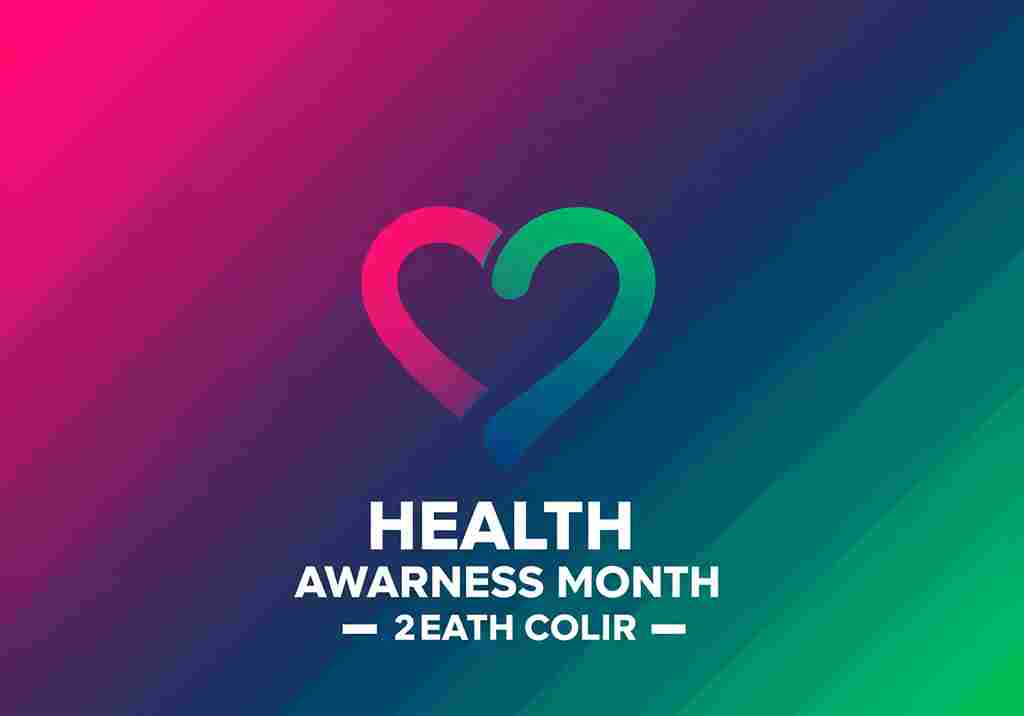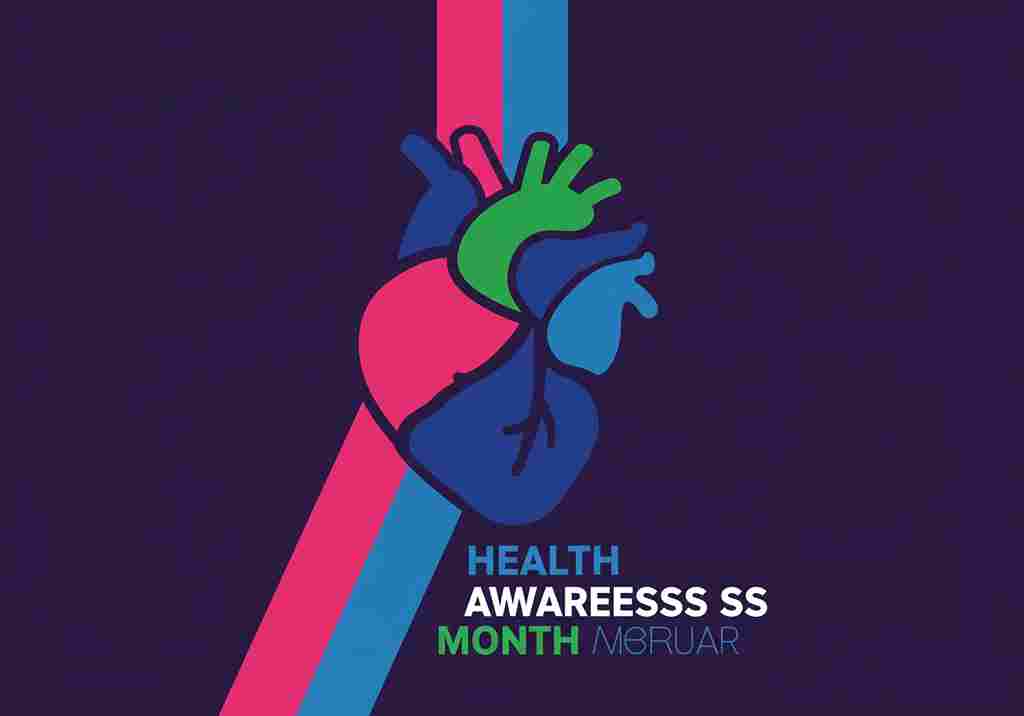Introduction to Health Awareness Month Colors
The Role of Colors in Health Awareness Campaigns
Colors have long played a crucial role in advocacy campaigns, symbolizing different causes and drawing public attention. Health awareness initiatives utilize colors to foster recognition, provoke conversations, and encourage support. Just as pink is synonymous with breast cancer awareness, specific colors represent various health conditions, making them easily recognizable. Through visual impact, colors unite communities in a shared cause, reinforcing solidarity and understanding.
Table of Contents

Why Health Awareness Colors Matter
Health Awareness Months dedicate time to educating the public, reducing stigma, and promoting well-being. The use of colors enhances this mission, visually reinforcing the importance of different health causes and sparking conversations. Each color serves as a symbol of hope, support, and advocacy for specific medical and mental health conditions.
The Symbolism of Major Health Awareness Colors
Green: Mental Health Awareness
Historical Adoption of Green for Mental Health
Green has been associated with mental health awareness for decades. Advocates reclaimed green as a symbol of hope, renewal, and recovery. Green is now widely recognized as the official color of Mental Health Awareness Month and is used in ribbons, lighting displays, and promotional materials.
Psychological Interpretations of the Color Green
Psychologists associate green with tranquility, balance, and healing. Exposure to green hues has been linked to reduced stress levels and improved mood. The color’s calming effect aligns with mental health advocacy, promoting emotional well-being and resilience.
Pink: Breast Cancer Awareness
Impact of the Pink Ribbon
The pink ribbon has become one of the most recognizable health awareness symbols. Established by the Susan G. Komen Foundation, the pink ribbon represents solidarity and support for breast cancer survivors, patients, and research efforts.
The Psychological Meaning of Pink
Pink is associated with compassion, love, and nurturing. It fosters a sense of hope and encouragement, making it a fitting choice for breast cancer awareness campaigns.
Blue: Diabetes, Men’s Health, and Colon Cancer Awareness
Different Shades, Different Causes
- Light Blue: Prostate cancer awareness
- Dark Blue: Colon cancer awareness
- Blue Circle: Diabetes awareness
Psychological Significance of Blue
Blue represents calmness, stability, and trust. It is often used to promote health conditions requiring ongoing management and lifestyle awareness, such as diabetes and men’s health issues.
Red: Heart Disease and HIV/AIDS Awareness
The Red Ribbon for HIV/AIDS
Red is a powerful color associated with urgency and action. The red ribbon symbolizes awareness and support for individuals living with HIV/AIDS and their loved ones.
Heart Disease Awareness
Red also represents heart disease awareness, promoting heart health and encouraging people to adopt healthier lifestyles.
Yellow: Suicide Prevention and Endometriosis Awareness
The Meaning Behind Yellow in Mental Health
Yellow represents optimism and warmth, making it a powerful color for suicide prevention awareness. Organizations like the Yellow Ribbon Suicide Prevention Program emphasize hope and resilience.
Yellow for Endometriosis Awareness
Yellow is also associated with endometriosis, a chronic condition affecting millions of women worldwide. Raising awareness through the color yellow helps highlight the need for more research and support.


Other Health Awareness Colors and Their Significance
| Color | Condition(s) Represented |
| Orange | Leukemia, Multiple Sclerosis Awareness |
| Purple | Alzheimer’s Disease, Domestic Violence Awareness |
| Teal | Ovarian Cancer, PTSD Awareness |
| White | Lung Cancer Awareness |
| Black | Melanoma Awareness |
| Gold | Childhood Cancer Awareness |
| Silver | Brain Disorders Awareness |
The Impact of Color Symbolism on Public Perception
Influence on Reducing Stigma
Color symbolism plays a significant role in destigmatizing health issues. By creating a recognizable identity for awareness campaigns, colors help normalize discussions, encouraging individuals to seek help without fear of judgment.
Encouraging Open Conversations
Colors create a visual language that facilitates health discussions. When individuals recognize awareness colors, they feel more comfortable engaging in conversations, sharing experiences, and seeking resources.
Incorporating Colors into Health Advocacy
Community Events and Campaigns
Organizations use awareness colors in fundraising events, rallies, and social media campaigns. Walks, fundraisers, and themed lighting displays show solidarity and increase awareness.
Personal Expression and Support
Individuals incorporate awareness colors into clothing, accessories, and home decor to express support. Wearing a colored ribbon or bracelet signals solidarity and promotes conversations about various health conditions.
FAQs on Health Awareness Colors
What is the most recognized health awareness color?
Pink is one of the most recognized colors due to its association with breast cancer awareness.
What color represents mental health awareness?
Green is the official color for mental health awareness.
Why do different health conditions have different colors?
Each color serves as a symbol of advocacy, support, and education for specific medical and mental health conditions.
Can I use awareness colors to show support?
Yes! Wearing ribbons, clothing, or accessories in specific colors helps raise awareness and show solidarity.
Conclusion: The Power of Colors in Health Awareness Advocacy
Summarizing the Importance of Color Symbolism
Colors play an essential role in health awareness, making campaigns more impactful. By assigning colors to different conditions, advocates create a strong visual identity that fosters recognition and support.
Encouraging Continued Support and Awareness
Wearing awareness colors, participating in campaigns, and educating others contribute to breaking health stigmas. The use of colors in advocacy will continue to inspire change, fostering a more understanding and supportive society.











Leave a comment